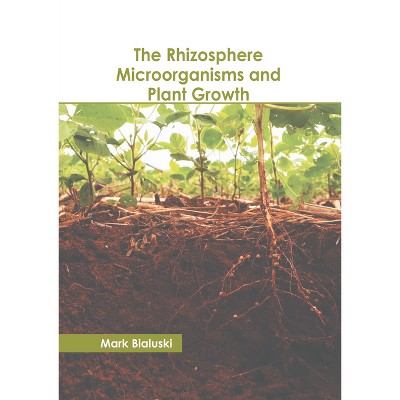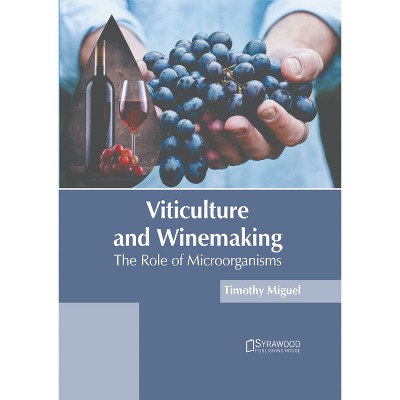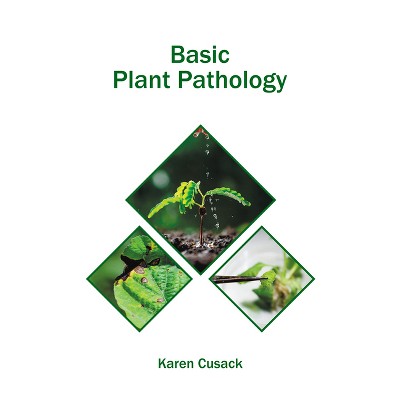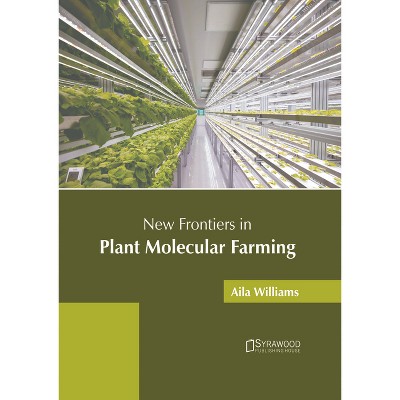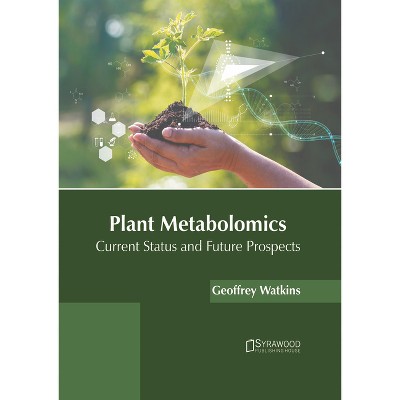Soil-Plant Interface and Rhizosphere Microorganisms - by Mark Bialuski (Hardcover)

$152.99 when purchased online
Target Online store #3991
About this item
Highlights
- The soil-plant interface, particularly within the rhizosphere, is a dynamic zone crucial for plant health and growth.
- Author(s): Mark Bialuski
- 240 Pages
- Science, Life Sciences
Description
About the Book
The soil-plant interface, particularly within the rhizosphere, is a dynamic zone crucial for plant health and growth. The rhizosphere is the narrow region of soil influenced by root secretions and associated soil microorganisms. This interface facilitates nutrient exchange between plants and microbes, enhancing nutrient availability and uptake. Root exudates, such as sugars, amino acids, and organic acids, attract and sustain diverse microbial communities, including bacteria, fungi, and archaea. These microorganisms perform essential functions, including nitrogen fixation, phosphate solubilization, and the production of growth-promoting substances. Additionally, they can protect plants from pathogens through competitive exclusion and the production of antimicrobial compounds. The interactions at the soil-plant interface are complex and symbiotic, significantly impacting plant health, soil fertility, and ecosystem sustainability. This book is a compilation of chapters that discuss the most vital concepts and emerging trends in the field of soil-plant interface. It elucidates the prospective developments with respect to this field. It will help the readers in keeping pace with the rapid changes in this field.Book Synopsis
The soil-plant interface, particularly within the rhizosphere, is a dynamic zone crucial for plant health and growth. The rhizosphere is the narrow region of soil influenced by root secretions and associated soil microorganisms. This interface facilitates nutrient exchange between plants and microbes, enhancing nutrient availability and uptake. Root exudates, such as sugars, amino acids, and organic acids, attract and sustain diverse microbial communities, including bacteria, fungi, and archaea. These microorganisms perform essential functions, including nitrogen fixation, phosphate solubilization, and the production of growth-promoting substances. Additionally, they can protect plants from pathogens through competitive exclusion and the production of antimicrobial compounds. The interactions at the soil-plant interface are complex and symbiotic, significantly impacting plant health, soil fertility, and ecosystem sustainability. This book is a compilation of chapters that discuss the most vital concepts and emerging trends in the field of soil-plant interface. It elucidates the prospective developments with respect to this field. It will help the readers in keeping pace with the rapid changes in this field.Dimensions (Overall): 11.0 Inches (H) x 8.5 Inches (W)
Suggested Age: 22 Years and Up
Number of Pages: 240
Genre: Science
Sub-Genre: Life Sciences
Publisher: Syrawood Publishing House
Theme: Botany
Format: Hardcover
Author: Mark Bialuski
Language: English
Street Date: August 25, 2025
TCIN: 1004857038
UPC: 9781647404871
Item Number (DPCI): 247-10-2434
Origin: Made in the USA or Imported
If the item details above aren’t accurate or complete, we want to know about it.
Shipping details
Estimated ship dimensions: 1 inches length x 8.5 inches width x 11 inches height
Estimated ship weight: 1 pounds
We regret that this item cannot be shipped to PO Boxes.
This item cannot be shipped to the following locations: American Samoa (see also separate entry under AS), Guam (see also separate entry under GU), Northern Mariana Islands, Puerto Rico (see also separate entry under PR), United States Minor Outlying Islands, Virgin Islands, U.S., APO/FPO
Return details
This item can be returned to any Target store or Target.com.
This item must be returned within 90 days of the date it was purchased in store, shipped, delivered by a Shipt shopper, or made ready for pickup.
See the return policy for complete information.






